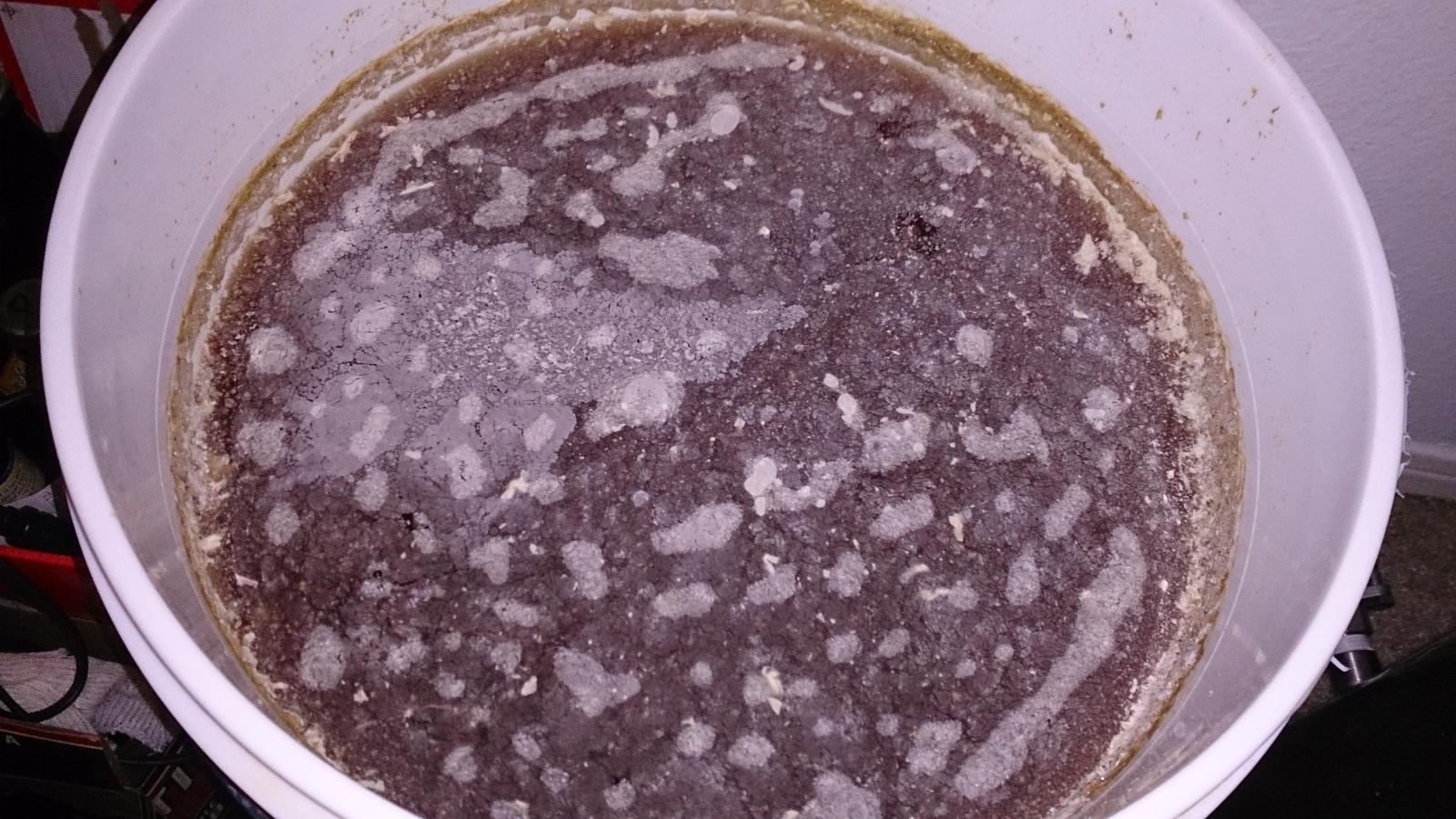homebrewdr
Well-Known Member
I've been brewing for over 2 years and never have had an infection. Today I open up my California Common, and there is a white, chalky, some bubbly top to it. Its been in the primary for 3-4 weeks. i've attached the picture. I'm not sure if its just the yeast rising due to the rise in temperature, or what.
The thing is I've never used san fransico lager yeast before, so I'm thinking its something to do with that strand of yeast? In fact, I've never attempted using a lager yeast at all, so maybe lagers do this?
It tastes fine, other than getting some of that chalky stuff in my sample. It seems to be only on top.
My instinct is to bottle it up. Gravity is hovering around 1.025, which is a little high, but the OG was something like 1.078. High for the style but I'm not following style guidelines.
What you guys think. Infection or not? Thanks

The thing is I've never used san fransico lager yeast before, so I'm thinking its something to do with that strand of yeast? In fact, I've never attempted using a lager yeast at all, so maybe lagers do this?
It tastes fine, other than getting some of that chalky stuff in my sample. It seems to be only on top.
My instinct is to bottle it up. Gravity is hovering around 1.025, which is a little high, but the OG was something like 1.078. High for the style but I'm not following style guidelines.
What you guys think. Infection or not? Thanks



